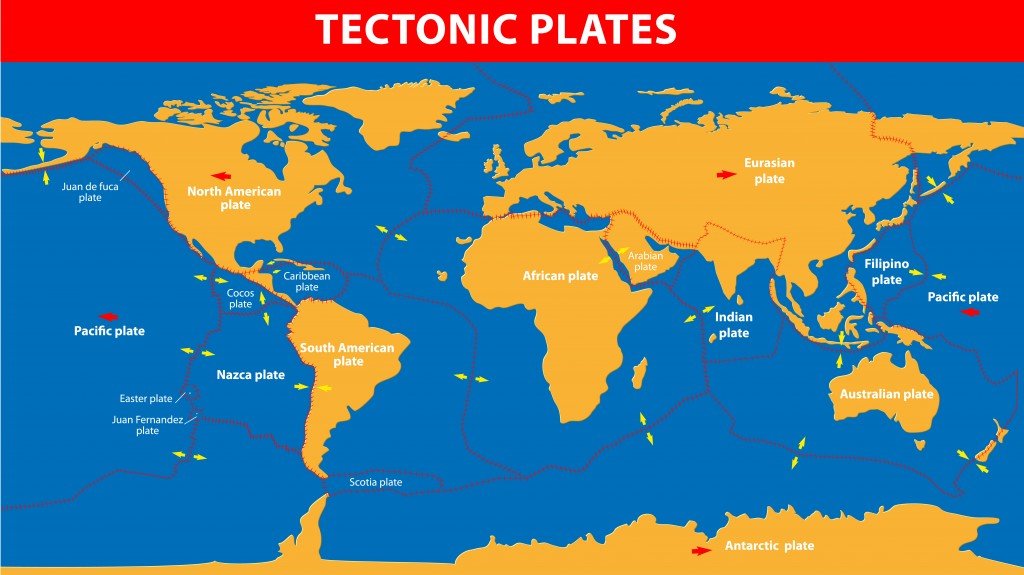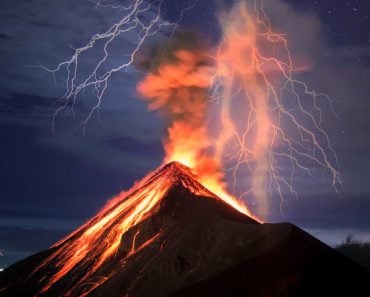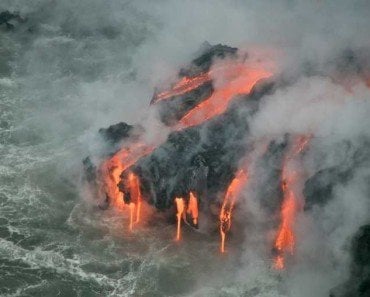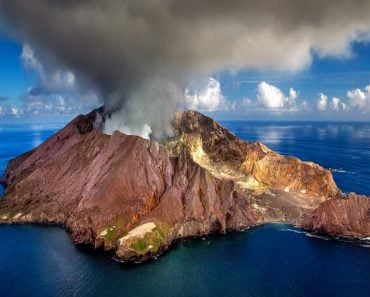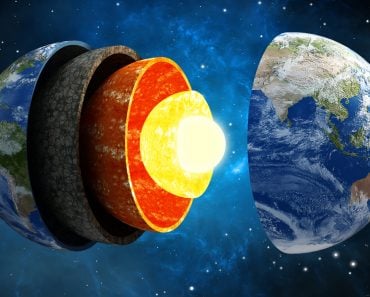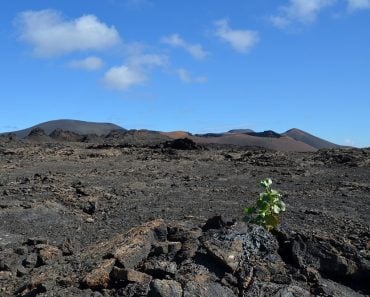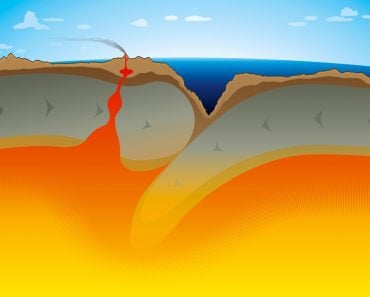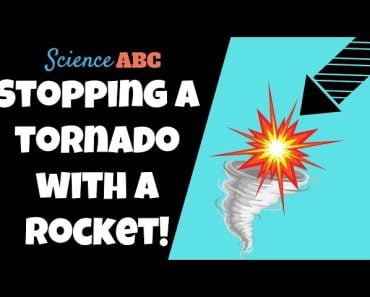Table of Contents (click to expand)
Volcanoes are mountains with a long vent, a columnar channel structure that runs from the outer core of Earth to its surface. This vent allows the magma in Earth’s underbelly to move up to the surface. Some volcanoes erupt with a loud explosion, while others spurt lava continuously or at intervals.
The most creative explanation that I could come up with for volcanic eruption is that it is Mother Nature’s personal firework show!
Jokes aside, a volcanic eruption is a fascinating and dangerous phenomenon that can claim lives and change the planet itself.
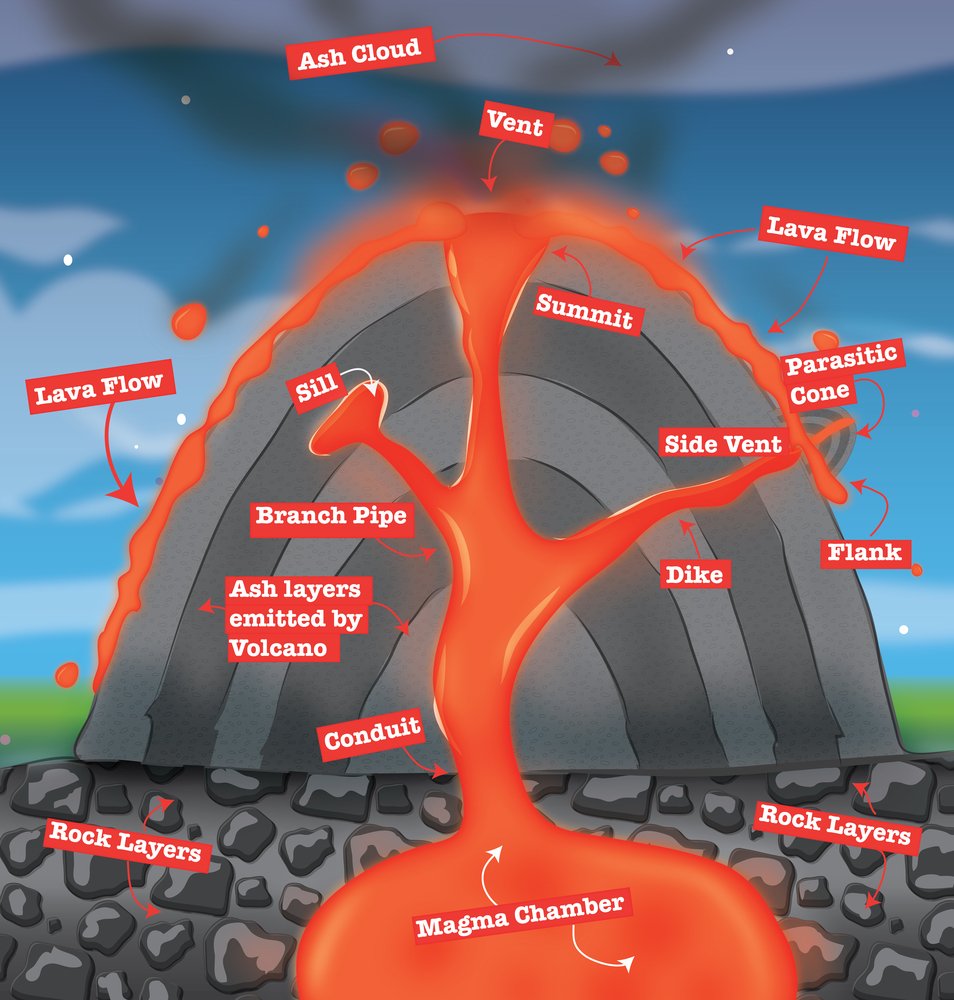
Volcanoes are mountains with a long vent, a columnar channel structure that runs from the outer core of Earth to its surface. This vent allows the magma in Earth?s underbelly to move up to the surface. However, the eruption story isn?t that simple.
Some volcanoes erupt with a loud explosion, while others spurt lava continuously or at intervals, but more peacefully. There are very few volcanoes that do not erupt, but are considered active nonetheless. The cause of this difference lies in the composition of each volcano’s magma.
Recommended Video for you:
Magma Chamber Underneath A Volcano
Volcanoes have a magma chamber underneath them. Magma is a liquid and is composed of molten rock, crystals, fragments and gases, including oxygen, silicon, iron, aluminum, magnesium and manganese. What can melt rocks, you ask? Earth?s core!
Also, there are other processes that happen above, below, and inside the magma chamber that replenish the stores of magma, causing it to increase in volume and pressure.
Role Of Tectonic Plates In Volcanoes
Our Earth is composed of plates – huge slabs of rock, if you will – that span entire continents. Currently, there are 7 major and 8 minor plates, all of which move relative to each other. The places where the edges of these plates meet are more prone to earthquakes and volcanic occurrences due to their shifting movements.
Mountains that lie over the edges of these plates are more likely to be volcanic. When these plates move, the rocks are exposed to the high temperatures of the core, which causes them to melt. This molten rock enters the magma chamber and adds to the volume of magma.
Inside the magma chamber, portions of magma may crystallize due to a reduction in temperature; due to the crystallized form’s greater density than the surrounding molten slush, it sinks again, thus raising the volume in the chamber.
What happens when you try to fill a bottle that is already full to the brim? It spills over, right?
Similarly, the magma chamber cannot contain the increase in volume and the only place for the magma to go is upwards to the surface.
If there are smaller vents along the volcano, then the magma can ooze out slowly through these vents. If there is no way out, however, it outpours through the singular vent in the volcano.
However, this still does not explain the explosion.
Why Do Certain Volcanoes Erupt So Violently?
Magma in the chamber is always moving. The temperature of magma in most volcanoes is roughly 700-1300 degrees Celsius.
According to Gay-Lussac’s Law, heat and pressure share a directly proportional relationship. Therefore, the pressure in the magma chamber is also tremendous.
To understand what happens when there is pressure that has no escape route, shake a soda bottle up and down for a minute. A lot of pressure is created, and when you release it by unscrewing the cork, it shoots out due to the pressure’s sudden release. If the magma chamber lid is no longer able to contain the pressure, it caves in and the trapped gaseous pressure shoots up, taking the magma with it, which causes an explosion.
As mentioned before, the composition of magma and more specifically, the proportion of silica, will determine how big or small the explosion will be. Greater proportions of silica make the magma denser and denser, so more gas becomes trapped.
Hence, some volcanoes, usually those that have more than 50% silica in the magma, are more likely to explode. Rhyolite rock has a greater percentage of silica than other varieties. Volcanoes that have more basalt rock give rise to moderate explosions. As the gas escapes and takes magma along with it, the magma bursts out into the atmosphere where it solidifies into rocks and other materials due to its rapid cooling, which also forms the volcanic ash.
In simpler terms, a volcanic explosion is like Earth’s burp, or perhaps a huge tantrum to advocate against climate change!

